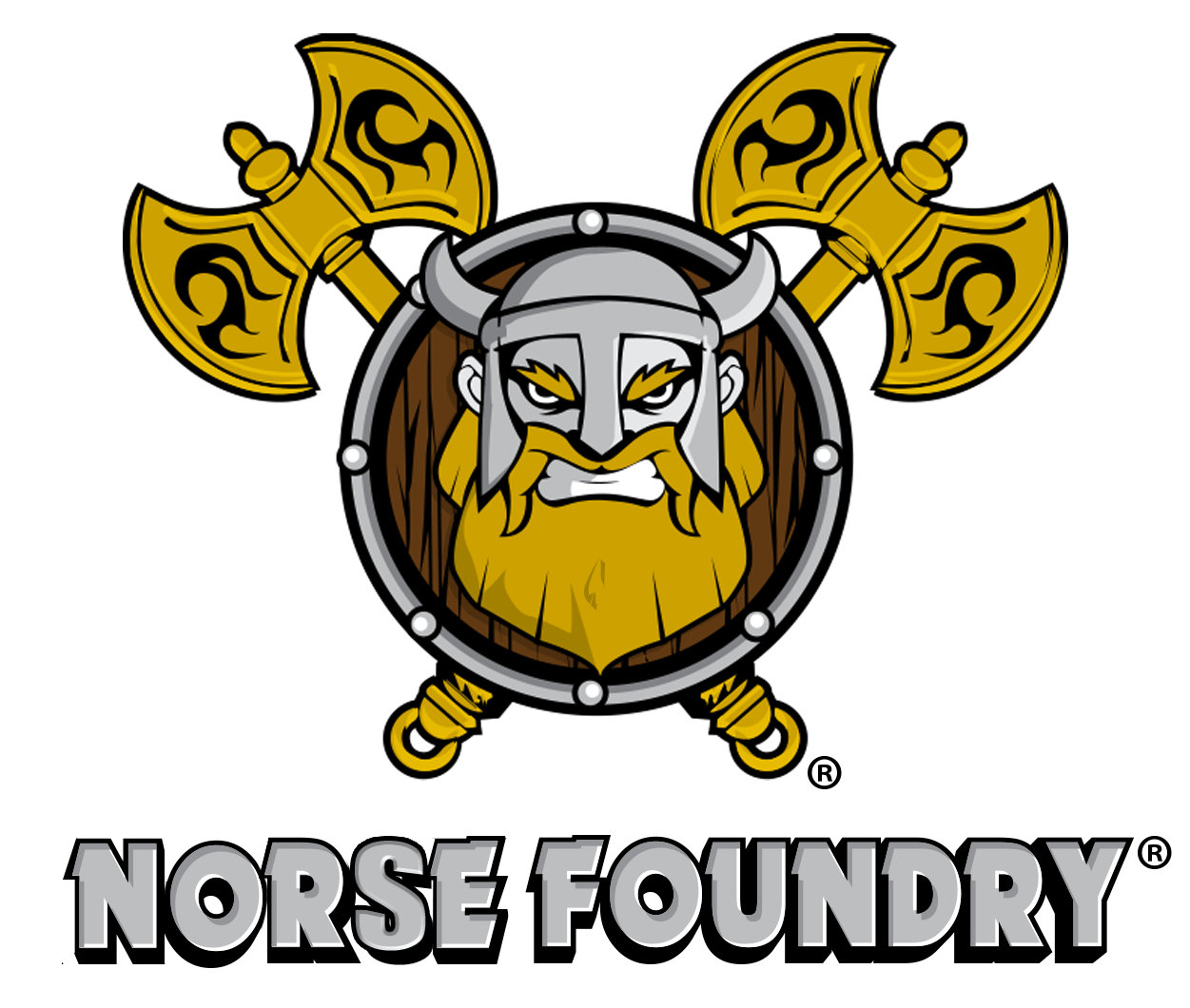Author: Chris Katrev
The standard array offers a straightforward approach to establishing your character's ability scores in D&D 5th edition. This method provides a balanced foundation across your character's main stats, ensuring they are adequately equipped for their chosen class.
What is Standard Array
The standard array is a method used in D&D character creation to assign ability scores, which are crucial for determining a character's capabilities in various tasks, saving throws, and ability checks. This approach provides six predetermined numbers that players allocate to the six core ability scores: Strength, Dexterity, Constitution, Wisdom, Intelligence, and Charisma. Each score corresponds to different aspects of a character's physical and mental abilities, influencing their effectiveness in combat, exploration, and social interactions.
How does Standard Array work
Allocate each of the standard array numbers to one of your character's ability scores. The numbers are 15, 14, 13, 12, 10, and 8. Assign each number to a different ability score—Strength, Dexterity, Constitution, Wisdom, Intelligence, and Charisma. This will determine your character's modifiers, which are essential for skill rolls and saving throws in D&D. Higher numbers yield higher modifiers, while lower numbers may result in negative modifiers. For instance:
- 15: +2 modifier
- 14: +2 modifier
- 13: +1 modifier
- 12: +1 modifier
- 10: +0 modifier
- 8: -1 modifier
When allocating scores, consider your character's class. Prioritize high ability scores in areas crucial to your character's role, assigning the numbers 14 and 15 to those scores. Reserve lower numbers, like 8 and 10, for less critical abilities. For instance:
- If you're creating a wizard and intelligence is key, assign the highest standard array number (15) to Intelligence.
- Then, allocate the next highest number (14) to Constitution to ensure your wizard has enough hit points. Once you've assigned each number to its corresponding ability score, you can proceed with crafting the rest of your character.
When selecting your character's race in D&D 5e, consider the racial ability bonuses strategically. Most races offer bonuses to certain ability scores, which can enhance your character's strengths. For instance:
- If you prioritize Intelligence for your wizard, choose a race with a +2 racial bonus to Intelligence, boosting their score to 17.
- Alternatively, you can offset a lower score, such as the 8 in the standard array, by applying a +2 racial bonus to that ability.
Positives & Negatives of Standard Array
Positives
The standard array offers simplicity and balance in character creation, making it an ideal choice for new players and Dungeon Masters navigating D&D 5th edition. Its predetermined numbers streamline the process, allowing for quick assignment of ability scores without complex calculations or randomness. By preventing min-maxing, it fosters the creation of well-rounded characters.
Negatives
While the standard array offers simplicity and balance, it comes with limitations that may not suit every player's preference. With capped ability scores and limited customization options, some players may find their creative freedom stifled. Experienced players seeking more flexibility in character creation may prefer alternative methods that allow for greater customization and individuality. Ultimately, the choice between the standard array and other methods depends on your playstyle and desired level of character customization.
Alternatives to the Standard Array
Rolling for Stats
Rolling for stats is a traditional and immersive method for determining your character’s ability scores. It involves rolling a d6 (6-sided dice) for each ability score number, totaling six rolls per character. After rolling 4d6 and dropping the lowest result, you'll repeat this process five more times to generate a set of six numbers. These numbers offer a sense of randomness and unpredictability to character creation, reflecting the variability of individual strengths and weaknesses.
Point Buy
The Point Buy method offers a strategic approach to determining your character’s ability scores. Beginning with all scores at 8, you have 27 points to allocate as you wish. Each point spent increases the corresponding ability score, with costs rising incrementally. This method appeals to experienced players seeking control over their character's development without relying on the chance inherent in rolling for stats.
Homebrew Standard Array
If you're drawn to the simplicity of the standard array but find its numbers too restrictive, consider implementing homebrew changes to tailor it to your liking. For instance, you might try the "Advanced Standard Array," which increases the available numbers to 15, 14, 13, 13, 11, and 9, allowing for higher overall ability scores. Alternatively, for a more powerful character, adjust the standard array to 18, 17, 16, 15, 13, and 11. Conversely, if you're intrigued by characters with varied abilities, experiment with an array like 18, 16, 12, 10, 8, and 6.
Allowing players the option to choose between the point buy method and the standard array can cater to a range of preferences and skill levels. Experienced players seeking more control can opt for point buy, while newcomers or those less concerned about ability scores can stick with the standard array. However, it's best to avoid mixing the standard array or point buy with the rolling method, as the results can lead to disparities among players. Discussing the preferred method with players before the campaign starts can help ensure a fair and enjoyable experience for everyone involved.
Conclusion
In conclusion, the standard array offers a straightforward and balanced approach to setting ability scores for your D&D character. Whether you're a new player looking for simplicity or an experienced one seeking balance, the standard array provides a solid foundation for character creation in your next adventure.

